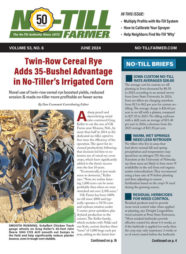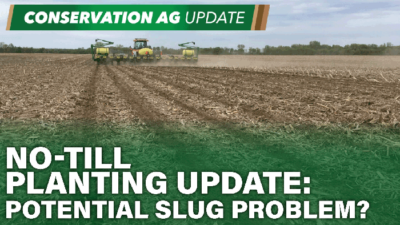Working as a contractor for the USDA Southern Plains Climate Hub is never boring, especially as we see more and more extreme weather events sweep through the region. Case in point, early last week I started hearing through the grapevine about a large number of cattle dying in Kansas feedlots from heat stress.
Unfortunately, heat stress death loss is nothing new. It happens. But I thought to myself that the numbers I was hearing about seemed awfully high…things like “over 2,000 head dead in one feedlot” or “there was one feedlot that may have lost 20% of its capacity.” “Surely not” I said to myself. “That has to be somebody exaggerating. I’m sure the heat got a few head, but 2,000? Come on…”
Well, it turns out those “exaggerated numbers” may be low…
Last week DTN/Progressive Farmer reported that an estimated 10,000 head of fat cattle were lost to heat stress over the weekend. You saw that right….10,000. Temperatures in the area were over 100 degrees with little or no wind. This combined with high humidity set the stage for real problems. Temperature readings for Ulysses, Kansas (the estimated epicenter of the event) crawled over the 100-degree mark on June 11. By June 13, it had hit 104 degrees, with humidity levels as high as 35%. Just a few days before the highs had been in the 80’s ranging from 18% to 35%. Temperature and humidity levels began to break some on June 14. Just a few days prior to the heat setting in, highs had been in the 80s.
In the DTN/Progressive article I referenced above, A.J. Tarpoff, a veterinarian with Kansas State University was quoted as saying that the weather conditions in Southwest Kansas that lead to this loss were the result of a “perfect storm” of too much heat and no opportunity for nighttime cooling- a situation that can hit both feedlot and grazing animals.
“Heat stress doesn’t happen all at one time.” Tarpoff said. “Cattle accumulate heat during the day, and then over the nighttime hours, it takes four to six hours for them to dissipate that heat. As long as we have a cooling effect at night, cattle can mostly handle the heat. Where we run into issues is where we have two to four days in a row of minimal nighttime cooling, and we start the day with the heat load we accumulated the day before still there.”
It should also be noted that the lost cattle were mostly head that was ready to go to slaughter. These are the ones that had been given the most feed, hay, and medication, the ones with the most invested in them. The ones that will cost the feedlot operator and anyone with retained ownership the most money.
Dad used to say that “the only way not to lose any cattle is not to have cattle.” And while that may be true, there are things that producers can do to lessen the chance of having these kinds of losses. According Kansas State’s Tarpoff, there are several heat mitigation strategies feeders can use. They all start with monitoring conditions and having a plan to deal with the stress.
In addition to giving cattle additional water sources, Tarpoff said it helps to use sprinklers overnight to cool pen floors. Shades can be incorporated as well as large mounds. Operators should also mow weeds and move haybales or other obstructions to ensure that any breeze can cool the cattle. He also suggested that feedlot operations look at their feeding strategies to reduce risk, including heat stress rations where they feed more easily digestible foodstuffs to reduce body heat, and advised that operators look at changing the timing of feeding.
The bottom line is that none of us in the agriculture industry can ignore the potential impact of extreme weather. We need to take what action we can to protect the animals and better prepare for the wild swings in hot, cold, wet, and dry that can come our way because climate change will only make those extremes we have always dealt with that much worse. When it comes to the weather, the news just keeps getting better.







Post a comment
Report Abusive Comment